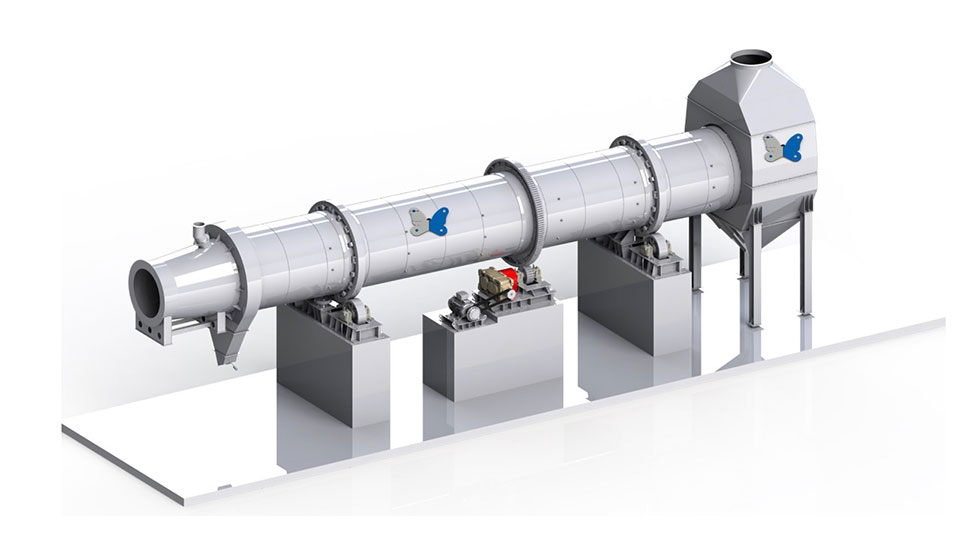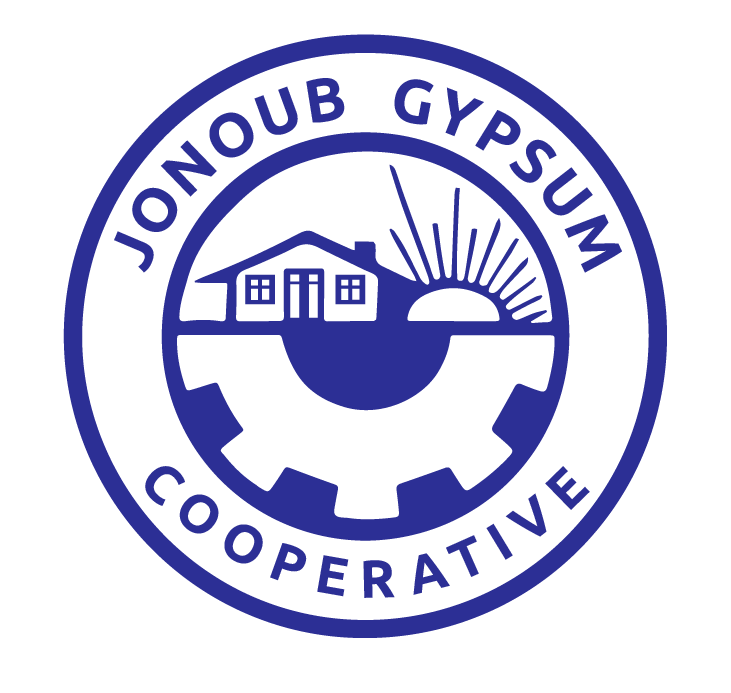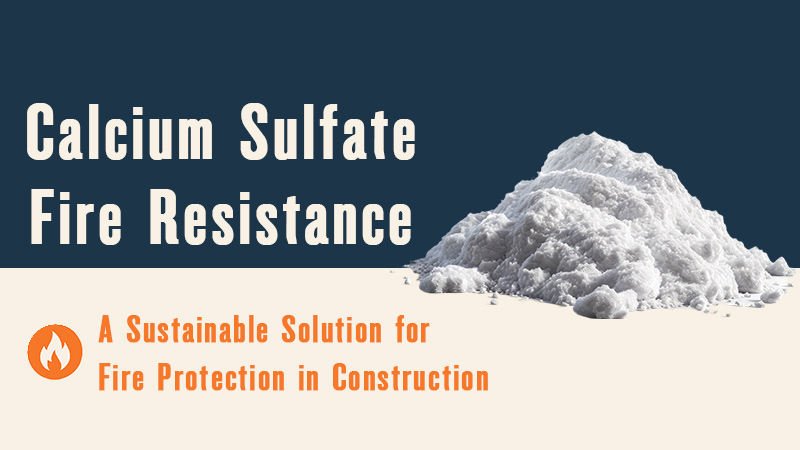Rotatory Kiln Application

A rotary kiln is one of the key pieces of equipment in gypsum and lime production industries, used primarily for the calcination process, where raw materials such as gypsum or limestone are subjected to high temperatures to bring about chemical changes. Although rotary kilns for gypsum and lime share similar basic designs and operational principles, they differ in some technical aspects based on the material being processed.
General Structure and Operation of Rotary Kilns
A rotary kiln is typically a large, cylindrical structure made of steel, with a specified length, diameter, and wall thickness, which are engineered to withstand high temperatures and the specific requirements of the material being processed. The inside of the kiln is lined with refractory materials that resist high heat, preventing the kiln’s steel shell from absorbing excessive heat and becoming deformed over time. This refractory lining also ensures that the heat is efficiently directed to the material being processed.
The kiln rotates on large rollers, allowing the raw materials to gradually move through the cylinder as it rotates. The rotation of the kiln facilitates even heat distribution and mixing of the material inside, promoting uniform calcination. Various supporting components are attached to the kiln, including torches (or burners) that generate the high temperatures required, gears for controlling rotation, rings and rollers for stability, and brakes for controlling the speed. Each of these components varies depending on the type of material, production capacity, and design specifications.
Components of a Rotary Kiln
The main components of a rotary kiln include:
– Burners/Torches: These generate the heat needed for the calcination process. The number and type of burners vary depending on the fuel source and kiln design.
– Rings and Rollers: These support the kiln structure, allowing it to rotate smoothly. The size and configuration of the rings and rollers are determined by the size and capacity of the kiln.
– Gears and Brakes: These control the speed and rotation of the kiln, ensuring that materials move through the cylinder at the desired rate for proper calcination.
– Generators: These power the kiln and its components, ensuring efficient and consistent operation.
Calcination Process in Gypsum Rotary Kilns
In the gypsum industry, rotary kilns are primarily used for the calcination process, which involves heating raw gypsum (CaSO₄·2H₂O) to drive off its water content, turning it into calcium sulfate hemihydrate (CaSO₄·½H₂O), commonly known as plaster or stucco. The kiln is heated to around 800°C, and the raw gypsum passes through the rotating cylinder for a predetermined amount of time, during which the water molecules in the gypsum evaporate. The length of time and the temperature are critical to ensuring that just the right amount of water is removed, leaving behind a powdery form of gypsum that is ready for further processing.
This calcined gypsum is then used in various applications, such as in construction materials like plasterboard or as a component in cement. The precise control of temperature and residence time in the kiln is essential for producing high-quality gypsum powder.
Calcination Process in Lime Rotary Kilns
While rotary kilns in the lime industry are similar to those used for gypsum, they operate under different conditions because of the chemical properties of limestone (CaCO₃). In lime production, the rotary kiln is used to convert limestone into quicklime (CaO) through a calcination process that involves heating the limestone to around 1200°C. At this temperature, the limestone loses its carbon dioxide (CO₂) and water content, leaving behind calcium oxide, commonly known as quicklime or calcined lime.
Quicklime is an essential ingredient in various industries, including construction, steel manufacturing, and environmental applications. Once the calcination process is complete, the quicklime is further processed to be used as lime powder or in other forms.
Differences Between Gypsum and Lime Rotary Kilns
While both types of rotary kilns share a basic design, their operation and technical specifications differ in several important ways:
– Temperature Requirements: The calcination temperature for gypsum is typically around 800°C, whereas lime calcination requires significantly higher temperatures, often around 1200°C. The refractory materials used in lime kilns must therefore be more resistant to higher heat than those used in gypsum kilns.
– Process Time: The duration for which the material remains in the kiln also differs. Gypsum requires a shorter residence time to remove its water content, while limestone requires a longer calcination time to decompose fully and release CO₂.
– Material Handling: Lime kilns may also need to handle larger feedstock sizes and heavier input materials, requiring more robust designs, thicker walls, and more powerful rotating mechanisms compared to gypsum kilns.
Design Considerations Based on Product Type
The specific design of rotary kilns can vary significantly depending on factors such as the type of product being produced, the input tonnage, and the size of the kiln. For example, lime kilns may need to accommodate larger volumes of limestone, requiring thicker walls and more durable rollers and gears. In contrast, gypsum kilns may focus more on optimizing heat transfer and maintaining precise temperature control to ensure even dehydration of the gypsum.
Jet-Pulse Dust Removal Systems in Kilns
Modern rotary kilns are often equipped with advanced dust removal systems, such as jet-pulse dust collectors, to manage the dust generated during the calcination process. This system uses pulses of compressed air to dislodge dust particles from the filter bags, preventing clogging and ensuring that the kiln operates efficiently while maintaining a clean exhaust system.
Conclusion
Rotary kilns play a crucial role in both gypsum and lime industries, facilitating the calcination processes that transform raw materials into usable products. While the basic structure and operating principles of rotary kilns are similar, the differences in temperature requirements, material handling, and process times make each kiln unique to the material being processed. With advancements in kiln technology, rotary kilns have become increasingly efficient, capable of handling higher temperatures, larger capacities, and more varied industrial applications.







